Neuschwanstein Castle’s servants’ kitchen inspire new utilitarian Belgian design
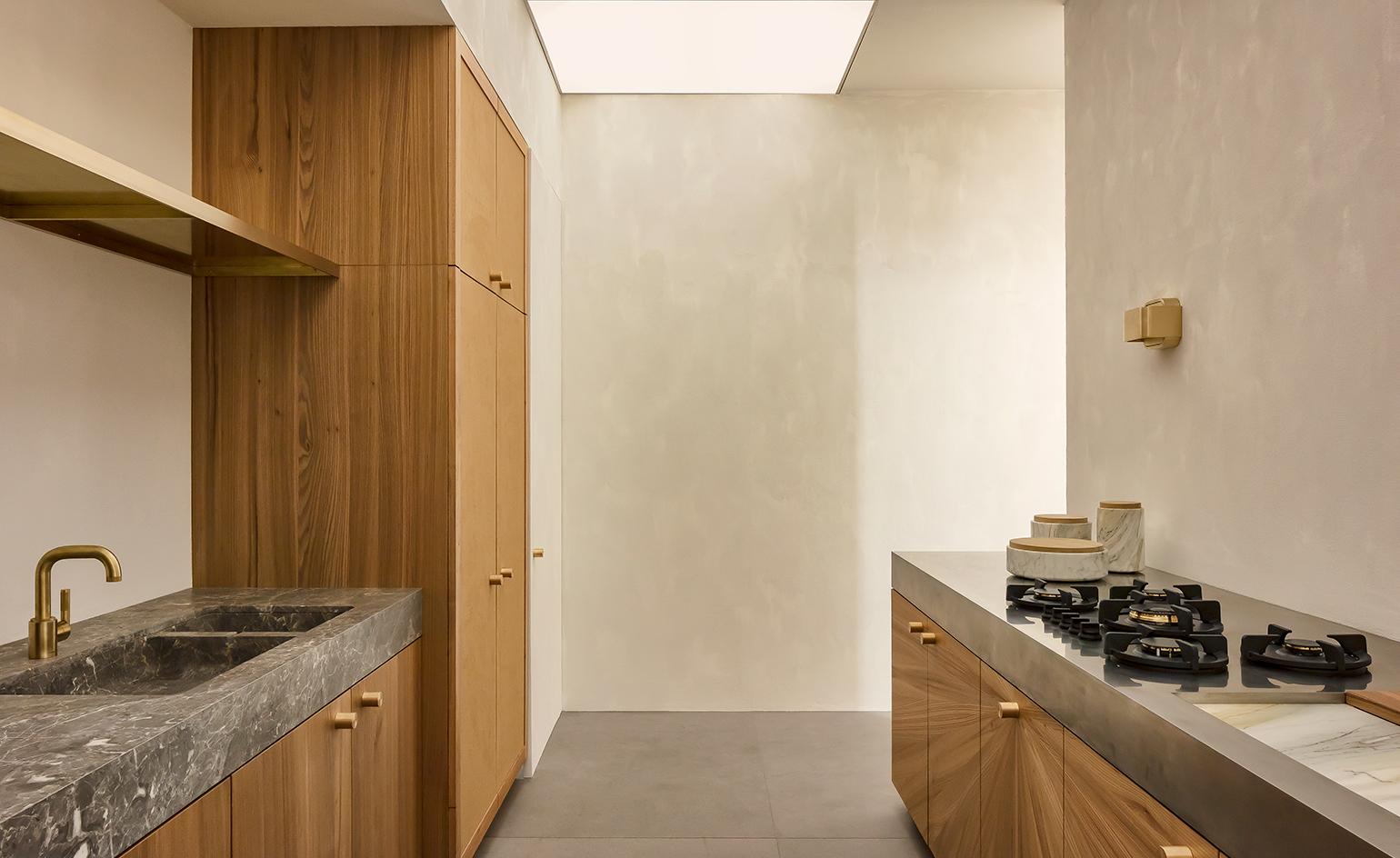
At Interieur Kortrijk, a trio hailing from the eastern Belgian province presented their very first collaboration: a kitchen that, despite the grandeur of its conceptual origins, is reassuringly utilitarian. Interior builder Koen Roux, designer Michaël Verheyden and architect Bart America looked to the highly functional yet rudimentary service kitchen of Neuschwanstein Castle in order to create a model that’s simply built to last – and function.
Neuschwanstein Castle, now a popular Bavarian tourist destination, was completed in the late 19th century. The brainchild of the extravagant recluse King Ludwig II, it’s Romanesque and ornate, but its kitchen, meant only for the use of his servants, was not designed to please aesthetically.
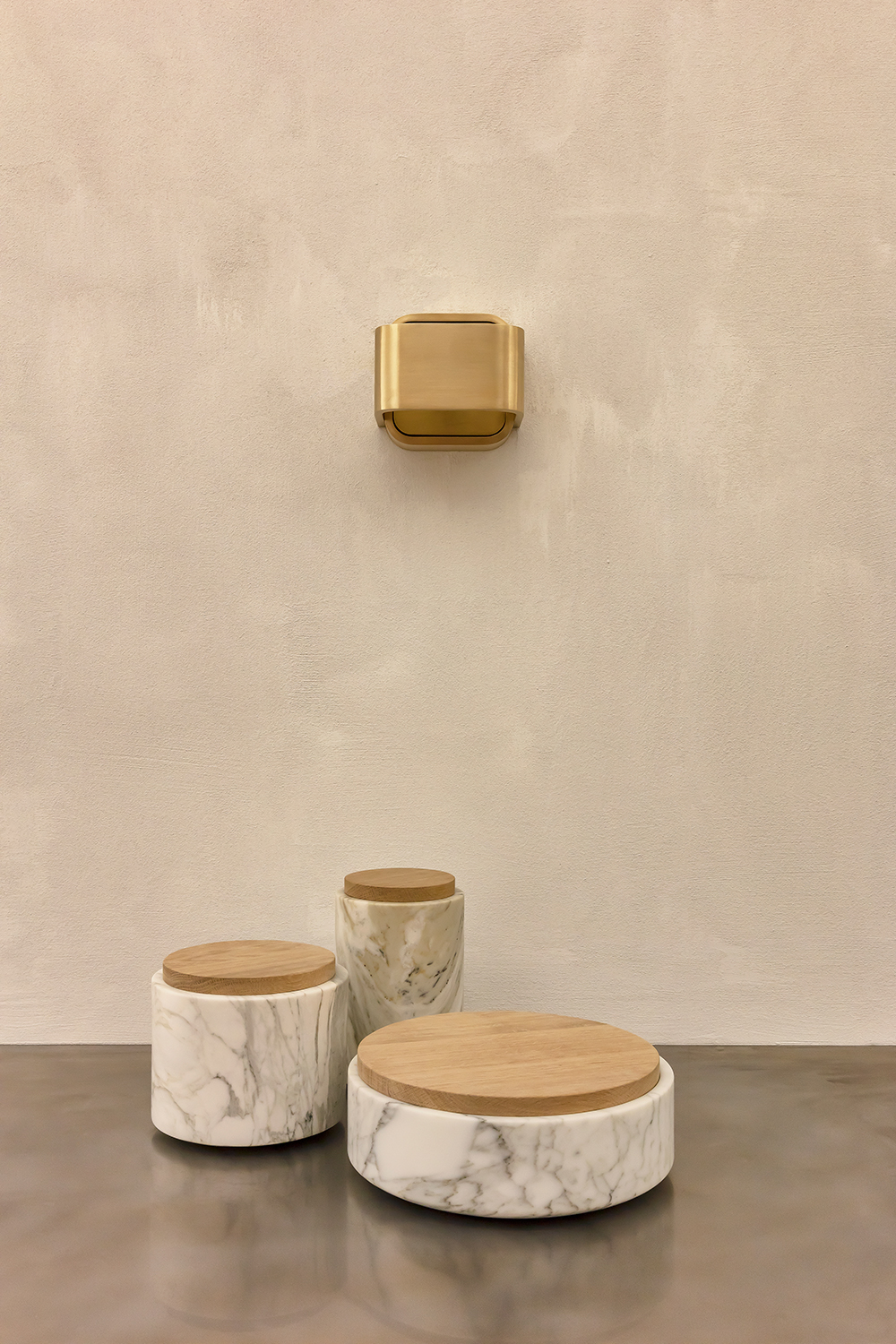
The kitchen is a poignant example of the ‘form follows function’ principle
It was exactly this contrast in aesthetics which attracted the creators: Roux, Verheyden and America. ‘Most luxury kitchens are too sophisticated and sleek’, Verheyden explains. ‘We wanted to react against that.’
The trio’s kitchen is luxurious as well, though not in the sense to which we have become accustomed. ‘I realise that times have changed’, admits Verheyden, ‘and that a lot of people no longer cook at home all that much. But some people still enjoy it. Those are the people we created this robust kitchen for.’
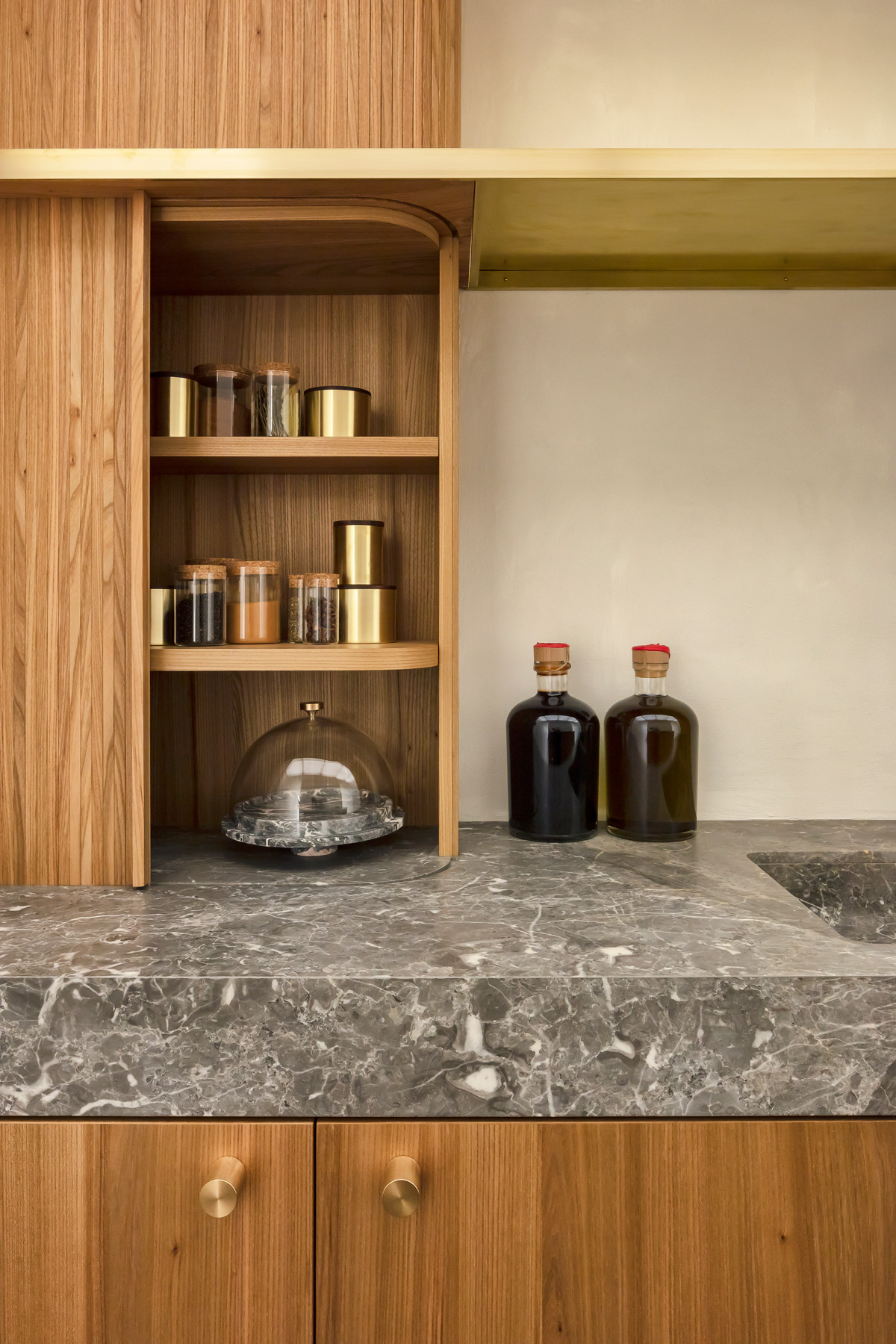
Elm wood cabinets are topped with hygienic stainless steel, and gris d’Ardennes, a hard natural stone, is used for the sink
Roux, a fourth-generation furniture-making company that Verheyden collaborates with frequently for his wooden furniture and stone objects, lent its craftsmanship and expertise to this unique project, without reverting to a design that’s overly romantic, traditional or old-fashioned. Just like the King Ludwig II’s service kitchen, the design is a poignant example of the ‘form follows function’ principle, where logic and convenience rule.
The kitchen’s materials were chosen based on functionality, and local availability – as was the case with the castle kitchens, which helps to retain a simplicity of manufacture. Elm wood cabinets are topped with hygienic stainless steel; gris des’Ardennes, a hard natural stone is used for the sink. The Neuschwanstein kitchen paved the way, says America. ‘Proven methods do not always need to be reinterpreted, and patina and quality can go hand in hand perfectly.’
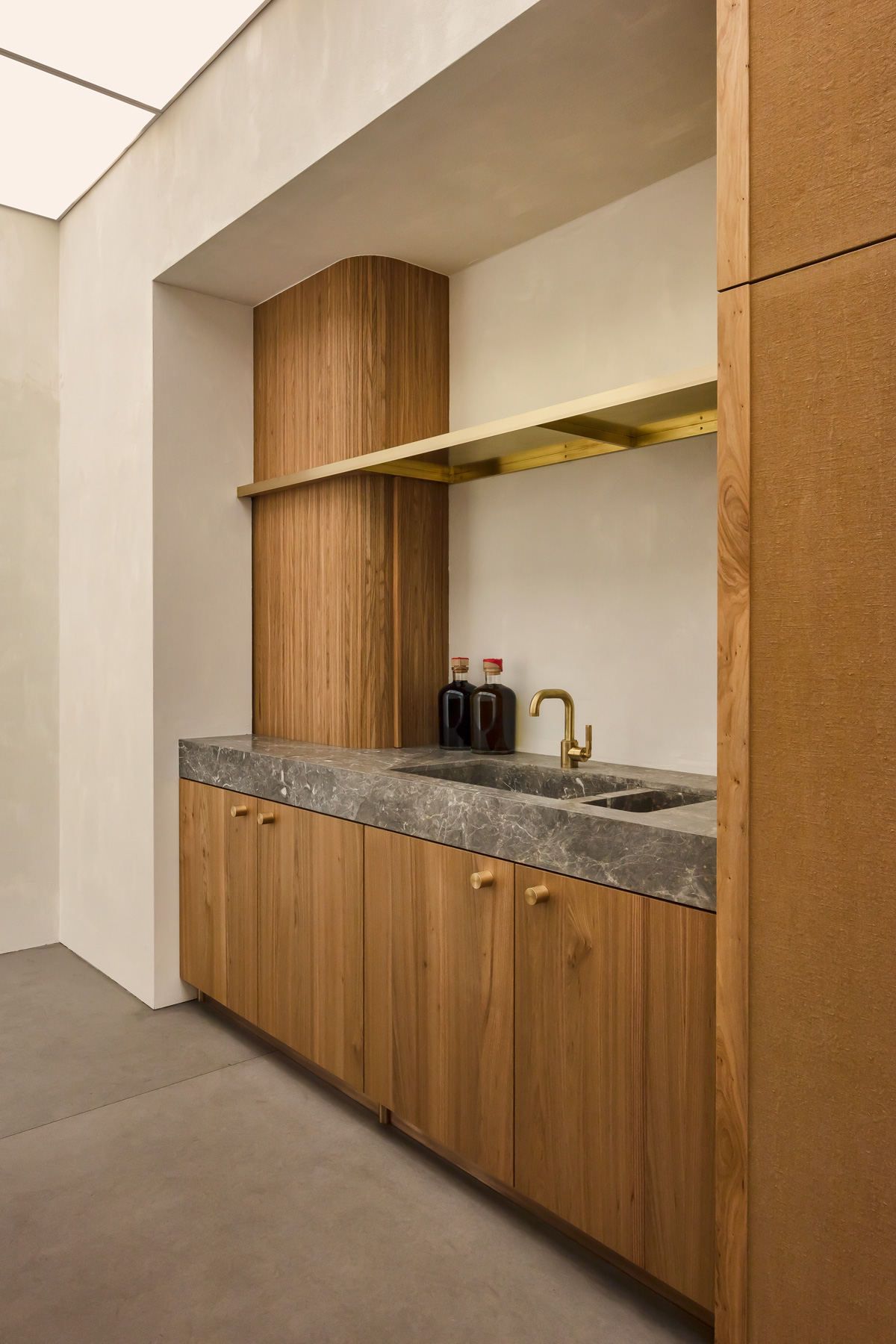
The robust kitchen is designed for those that enjoy cooking at home
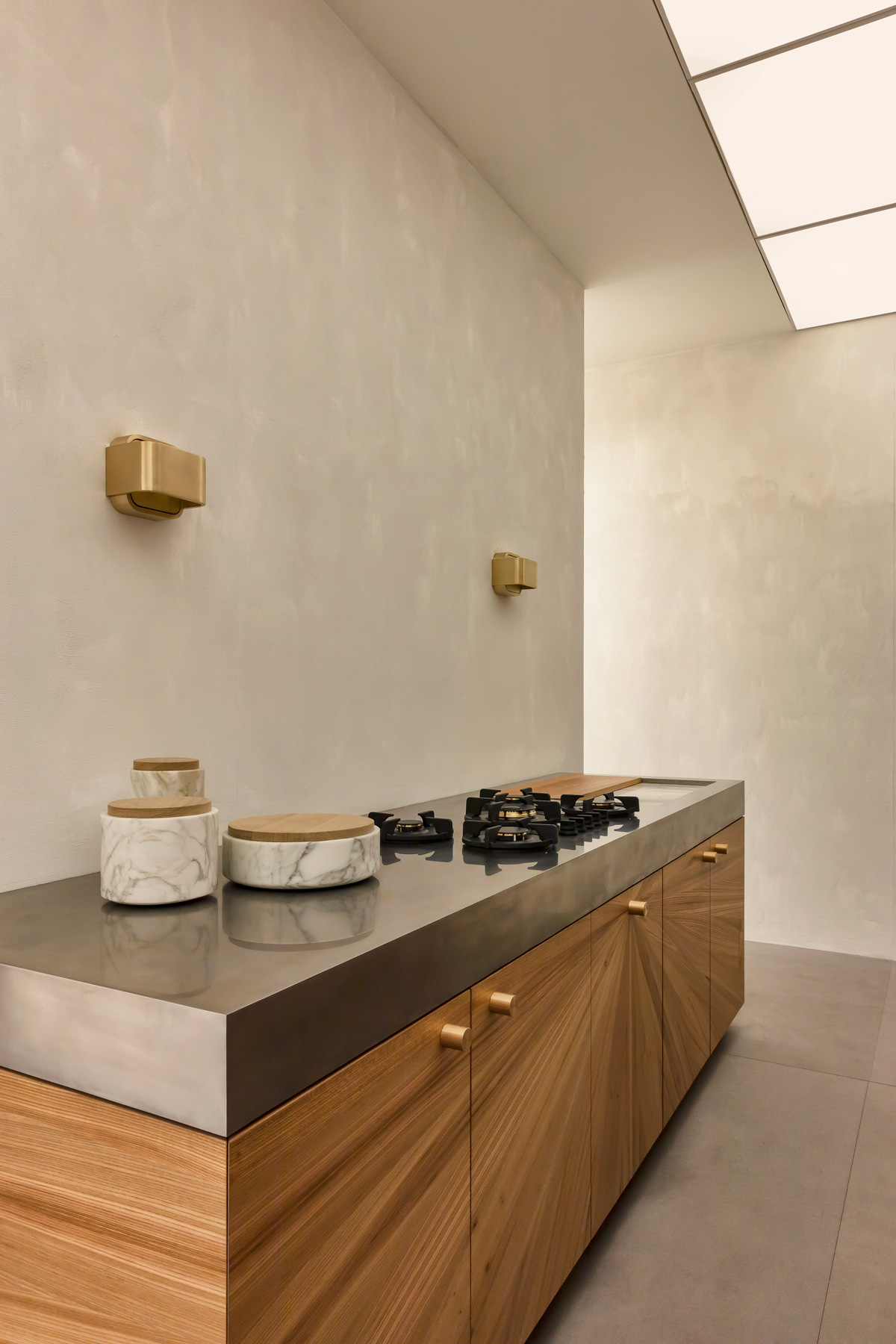
Materials were chosen based on their functionality, and on their local availability
INFORMATION
Biennale Interieur is open until 22 November. For more information, visit the Biennale Interieur website, the Roux website, Michaël Verheyden’s website and Bart America’s website
Receive our daily digest of inspiration, escapism and design stories from around the world direct to your inbox.
Siska Lyssens has contributed to Wallpaper* since 2014, covering design in all its forms – from interiors to architecture and fashion. Now living in the U.S. after spending almost a decade in London, the Belgian journalist puts her creative branding cap on for various clients when not contributing to Wallpaper* or T Magazine.
-
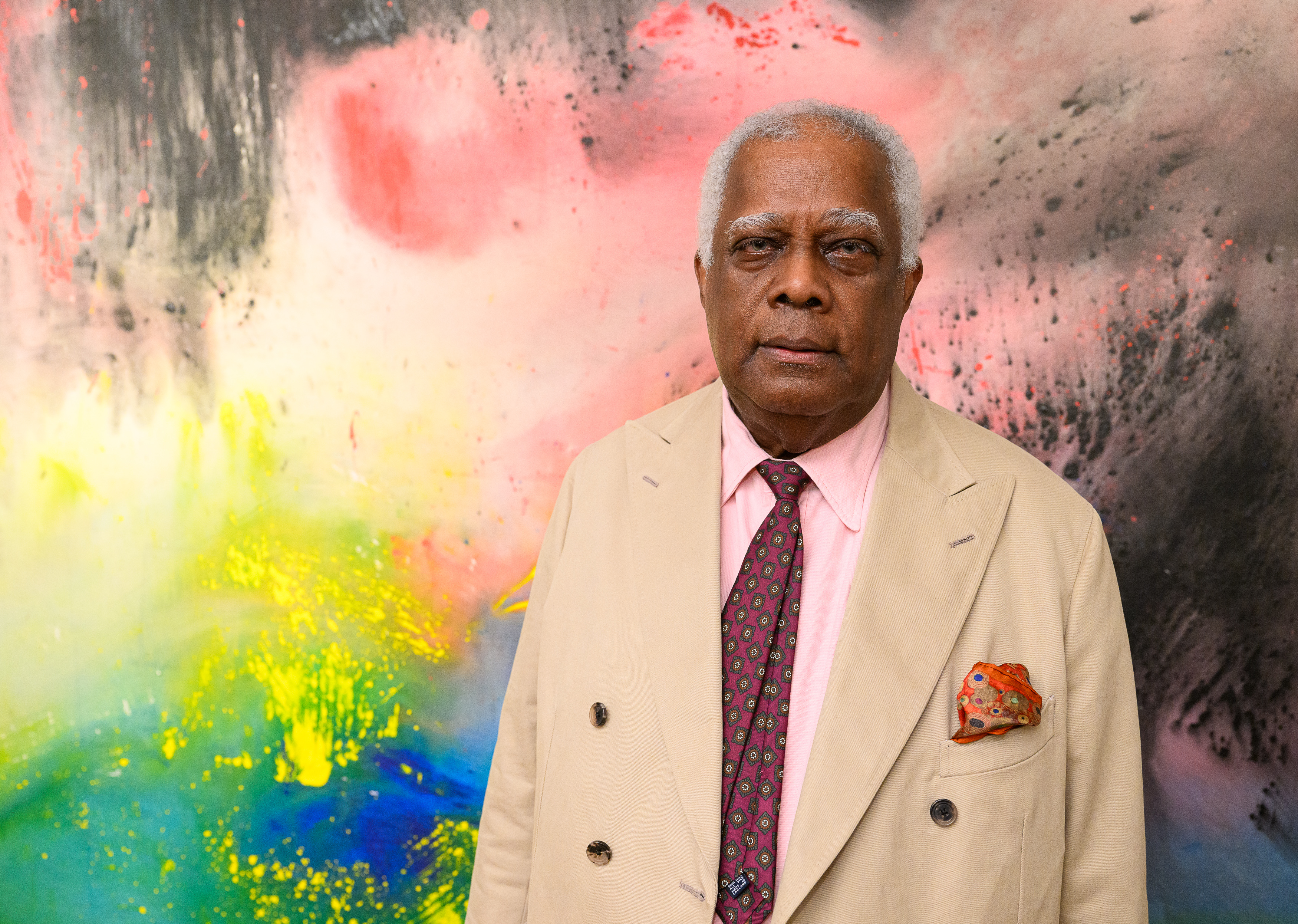 Winston Branch searches for colour and light in large-scale artworks in London
Winston Branch searches for colour and light in large-scale artworks in LondonWinston Branch returns to his roots in 'Out of the Calabash' at Goodman Gallery, London ,
-
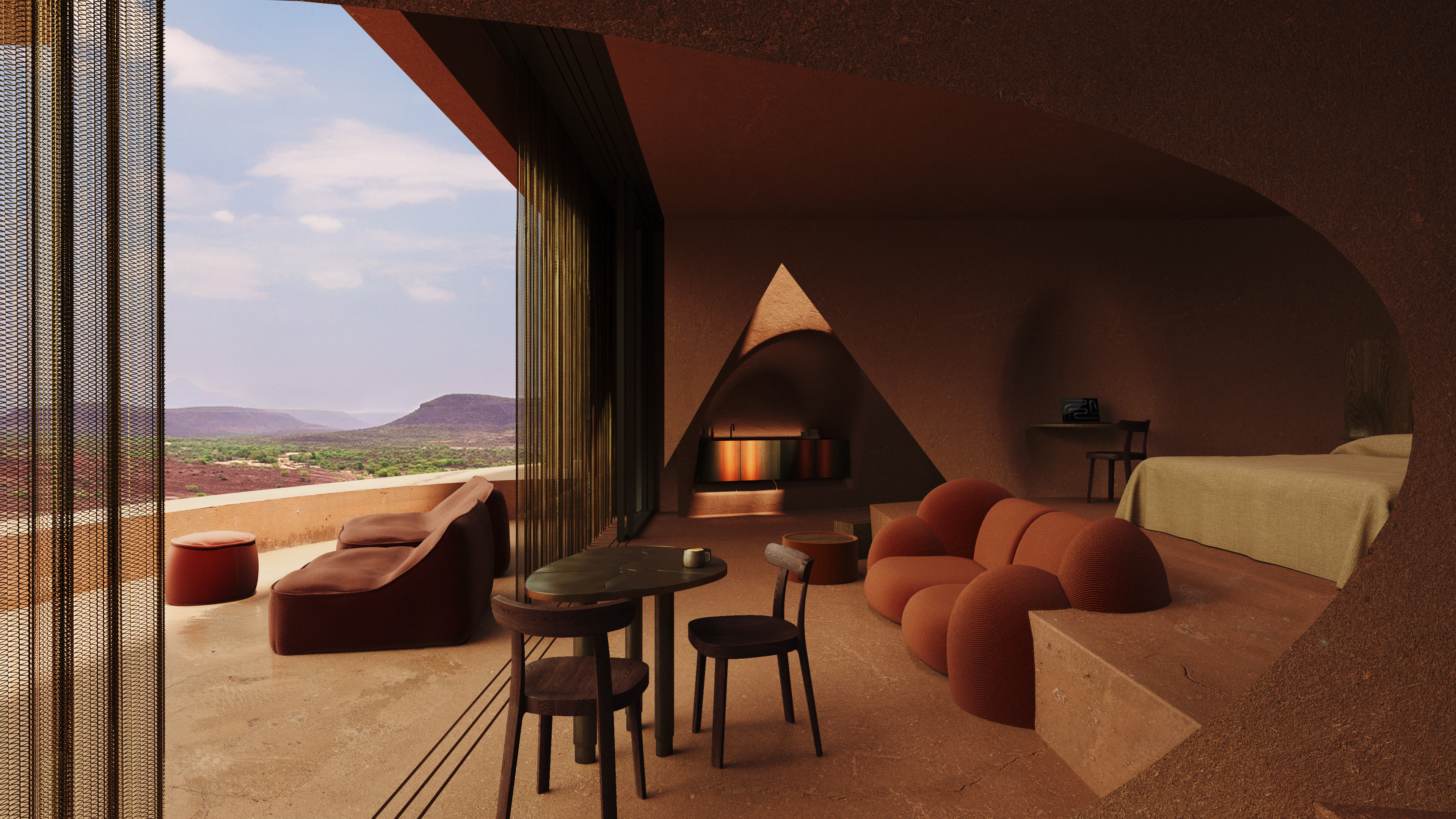 The most anticipated hotel openings of 2026
The most anticipated hotel openings of 2026From landmark restorations to remote retreats, these are the hotel debuts shaping the year ahead
-
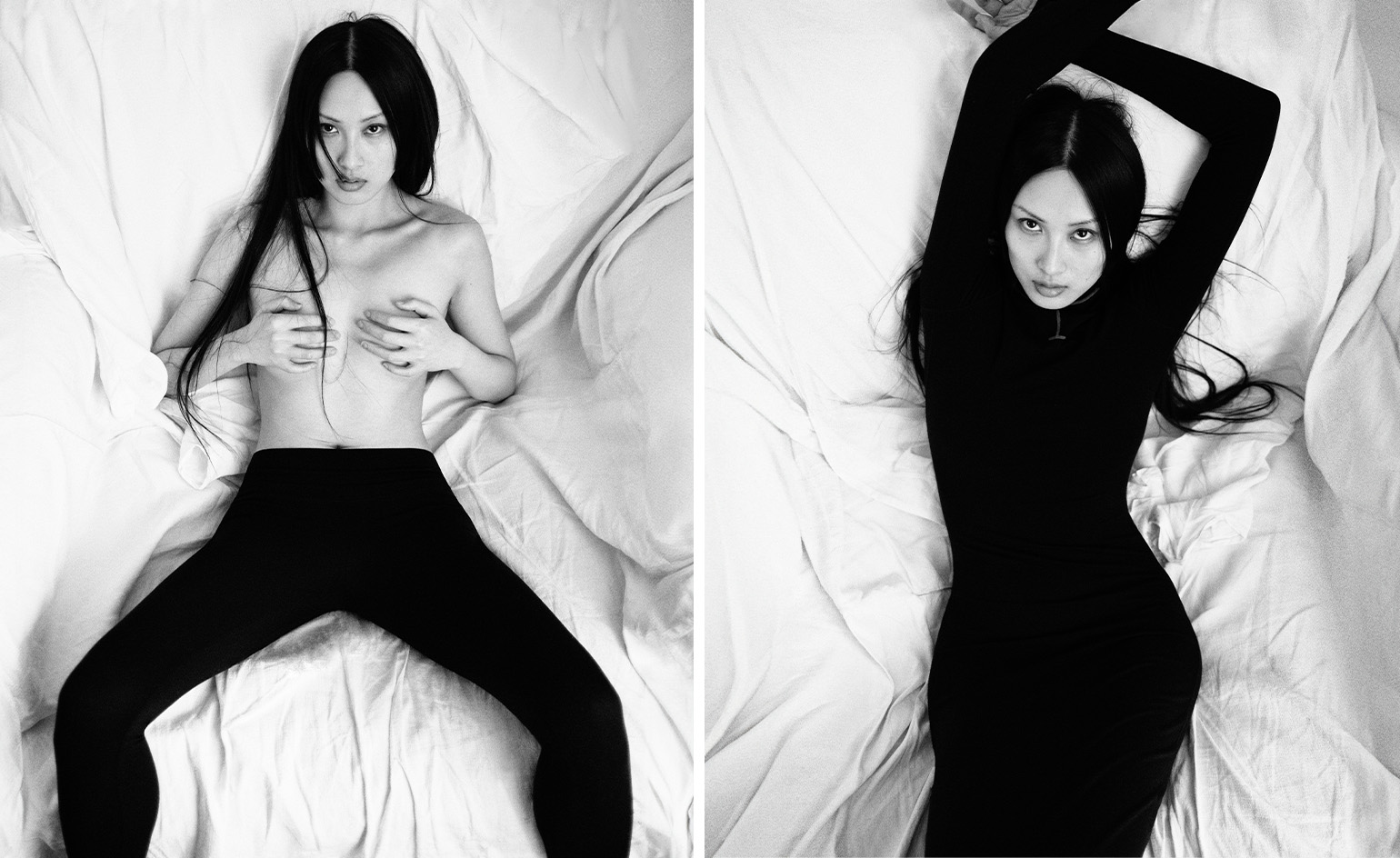 Is the future of beauty skincare you can wear? Sylva’s Tallulah Harlech thinks so
Is the future of beauty skincare you can wear? Sylva’s Tallulah Harlech thinks soThe stylist’s label, Sylva, comprises a tightly edited collection of pieces designed to complement the skin’s microbiome, made possible by rigorous technical innovation – something she thinks will be the future of both fashion and beauty
-
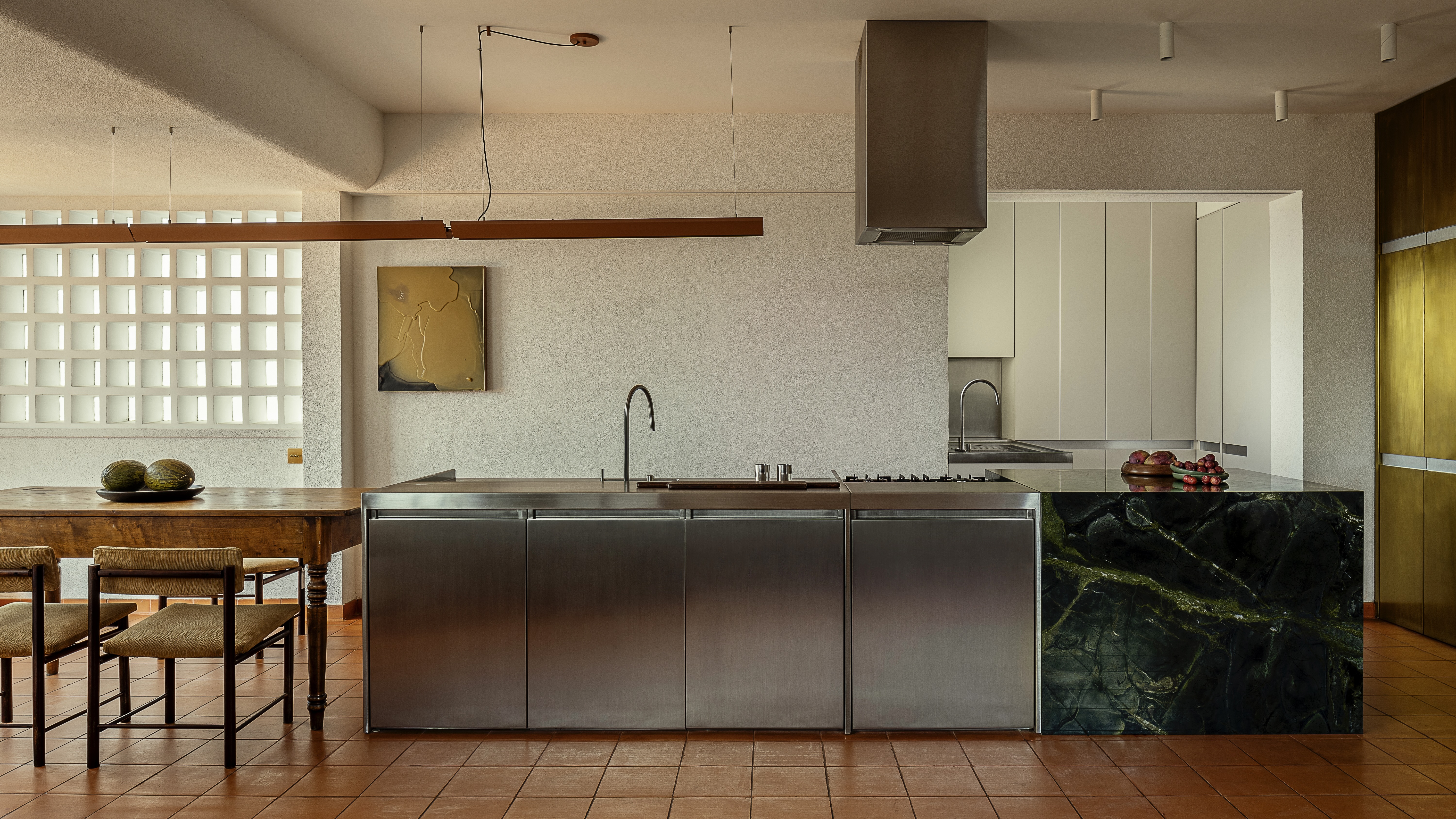 This São Paulo apartment was designed for content creators, and it’s certainly camera ready
This São Paulo apartment was designed for content creators, and it’s certainly camera readyA renovation of this penthouse saw the kitchen relocated to the heart of the home to suit the purposes of a couple who run a culinary YouTube channel
-
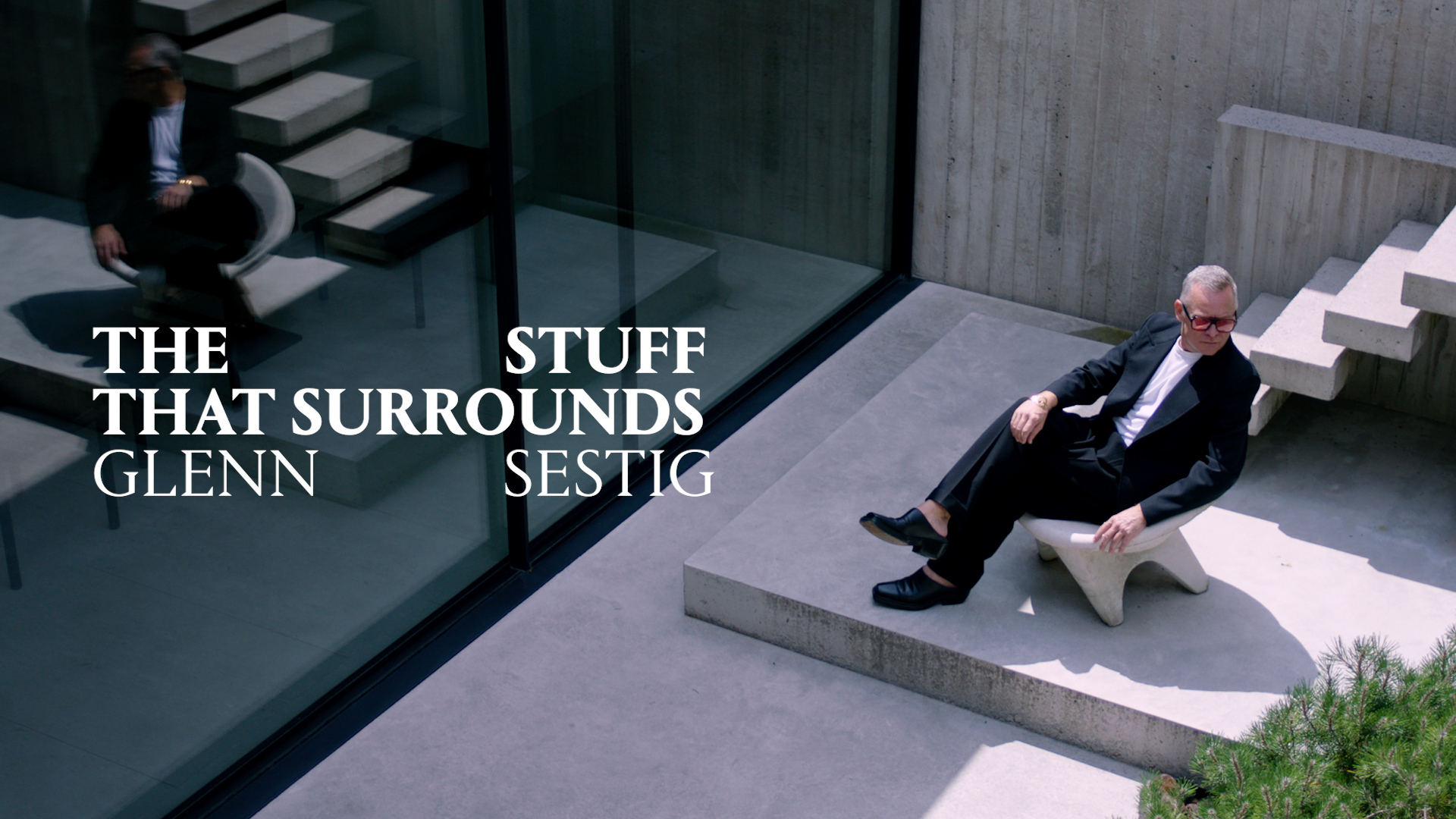 The Stuff That Surrounds You, episode three: Inside the home of architect Glenn Sestig
The Stuff That Surrounds You, episode three: Inside the home of architect Glenn SestigIn The Stuff That Surrounds You, Wallpaper* explores a life through objects. This episode, we’re invited inside an architectural gem – just what you'd expect from one of the most distinctive voices in the field today
-
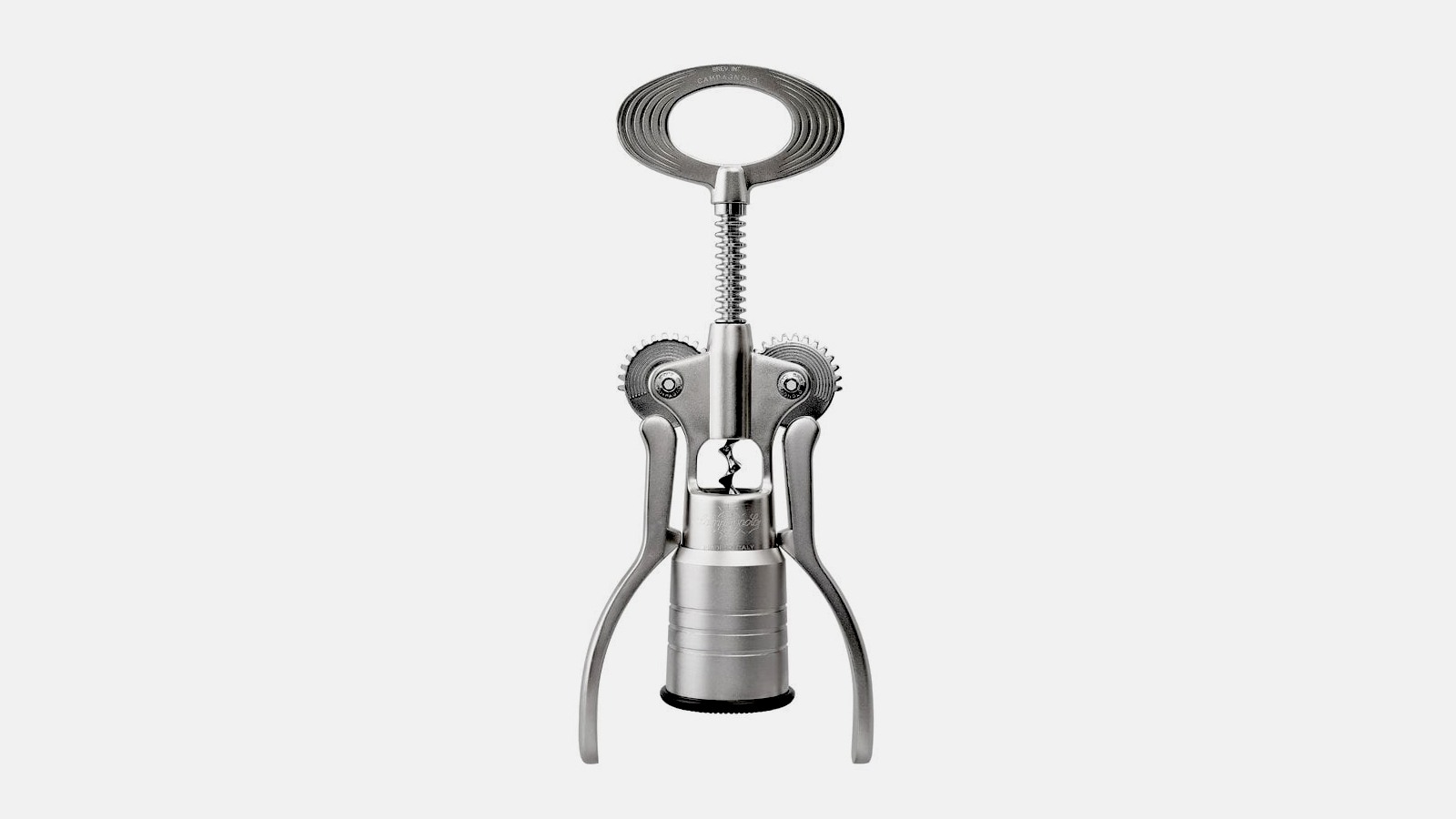 Get back to basics with these low-fi and long-lived kitchen tools
Get back to basics with these low-fi and long-lived kitchen toolsFed up with the perennial pairing and needy notifications from too many smart devices? Discard digital and go all-analogue with our essential selection of battery-free kitchen tools and accessories
-
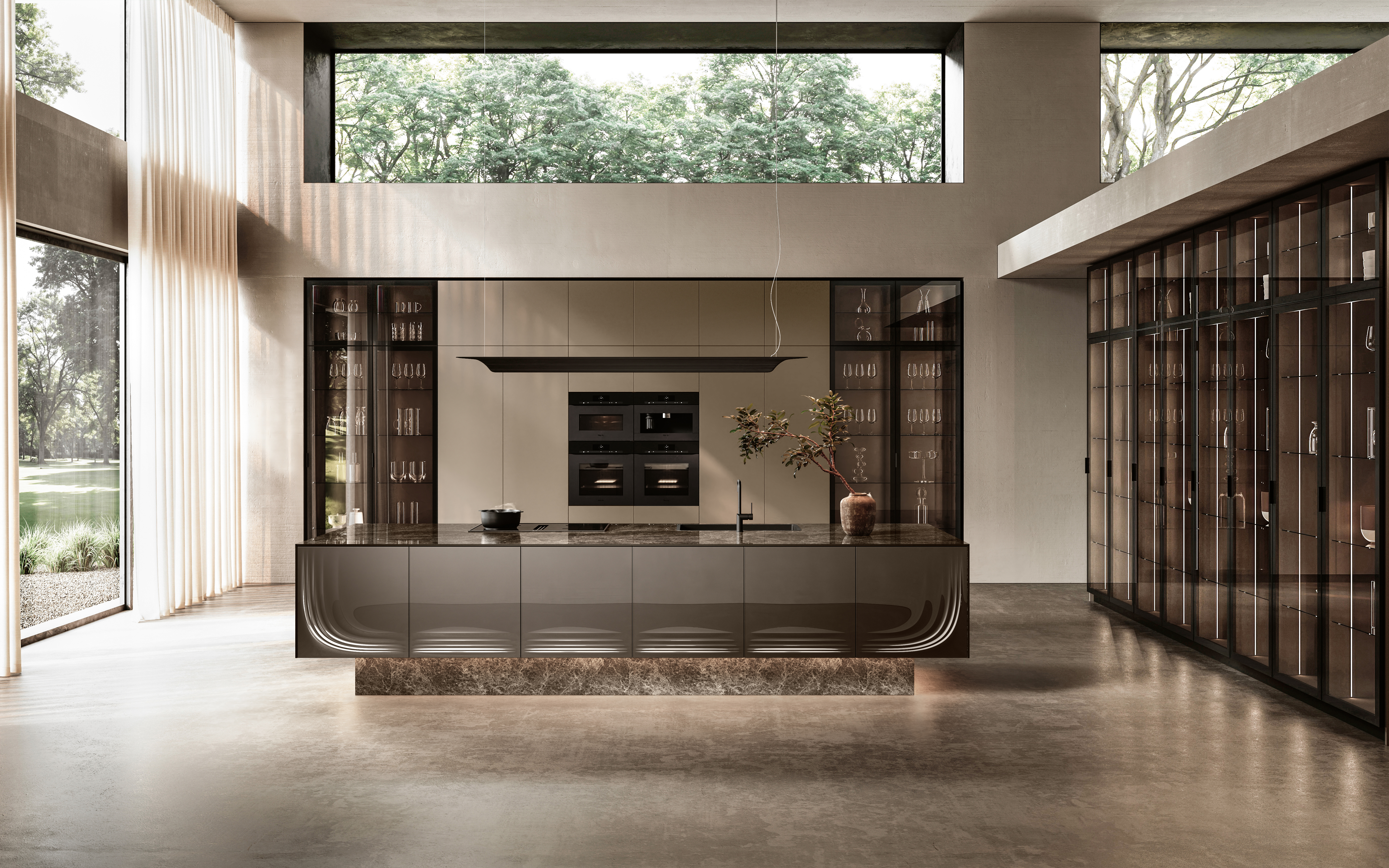 Febal Casa’s ‘Onda’ kitchen island and sideboard with Zaha Hadid Architects ripple with possibility
Febal Casa’s ‘Onda’ kitchen island and sideboard with Zaha Hadid Architects ripple with possibilityArchitectural fluidity and manufacturing excellence meet in a next-wave furniture collection
-
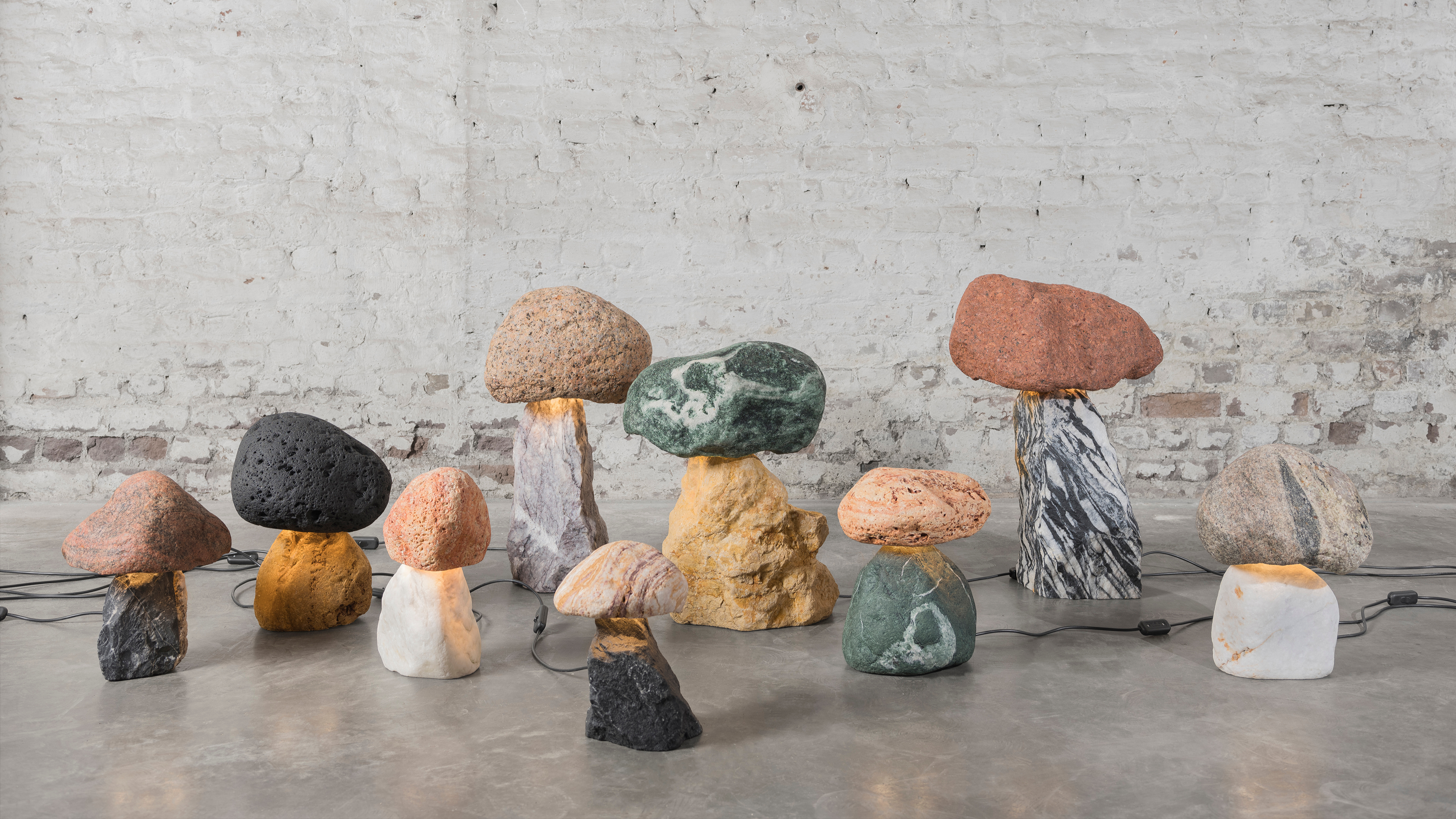 Guiding lights: Maarten De Ceulaer stacks stones into sculptural lamps
Guiding lights: Maarten De Ceulaer stacks stones into sculptural lampsDebuting at Brussels’ Collectible design fair in March 2025, Maarten De Ceulaer's Cairn Lights balance craftsmanship and connection to the natural world
-
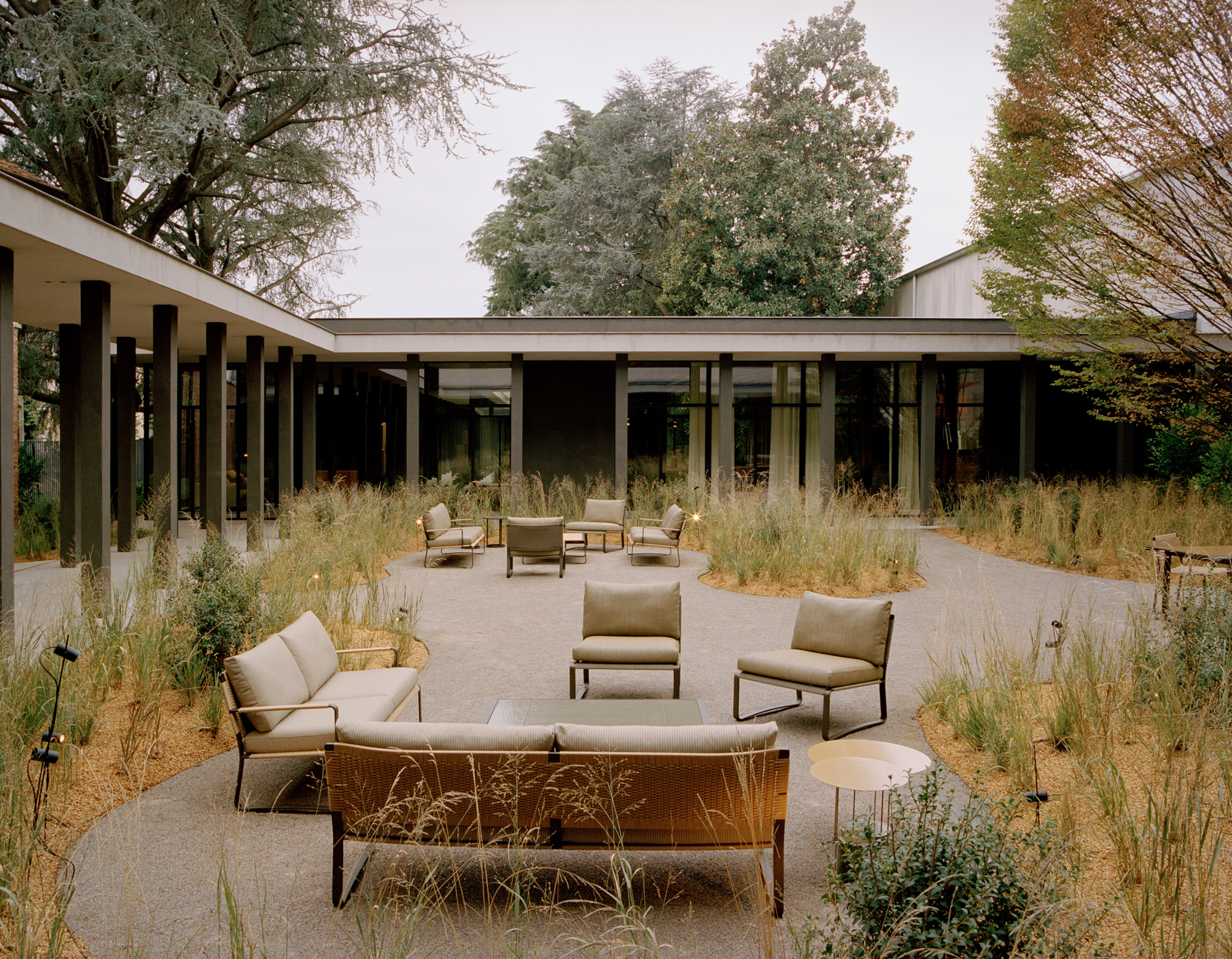 Vincent Van Duysen ‘inspired by modernism’ for Molteni & C’s outdoor furniture debut
Vincent Van Duysen ‘inspired by modernism’ for Molteni & C’s outdoor furniture debutMolteni & C goes alfresco with two new collections and reissued classics, bringing its signature elegance to the great outdoors
-
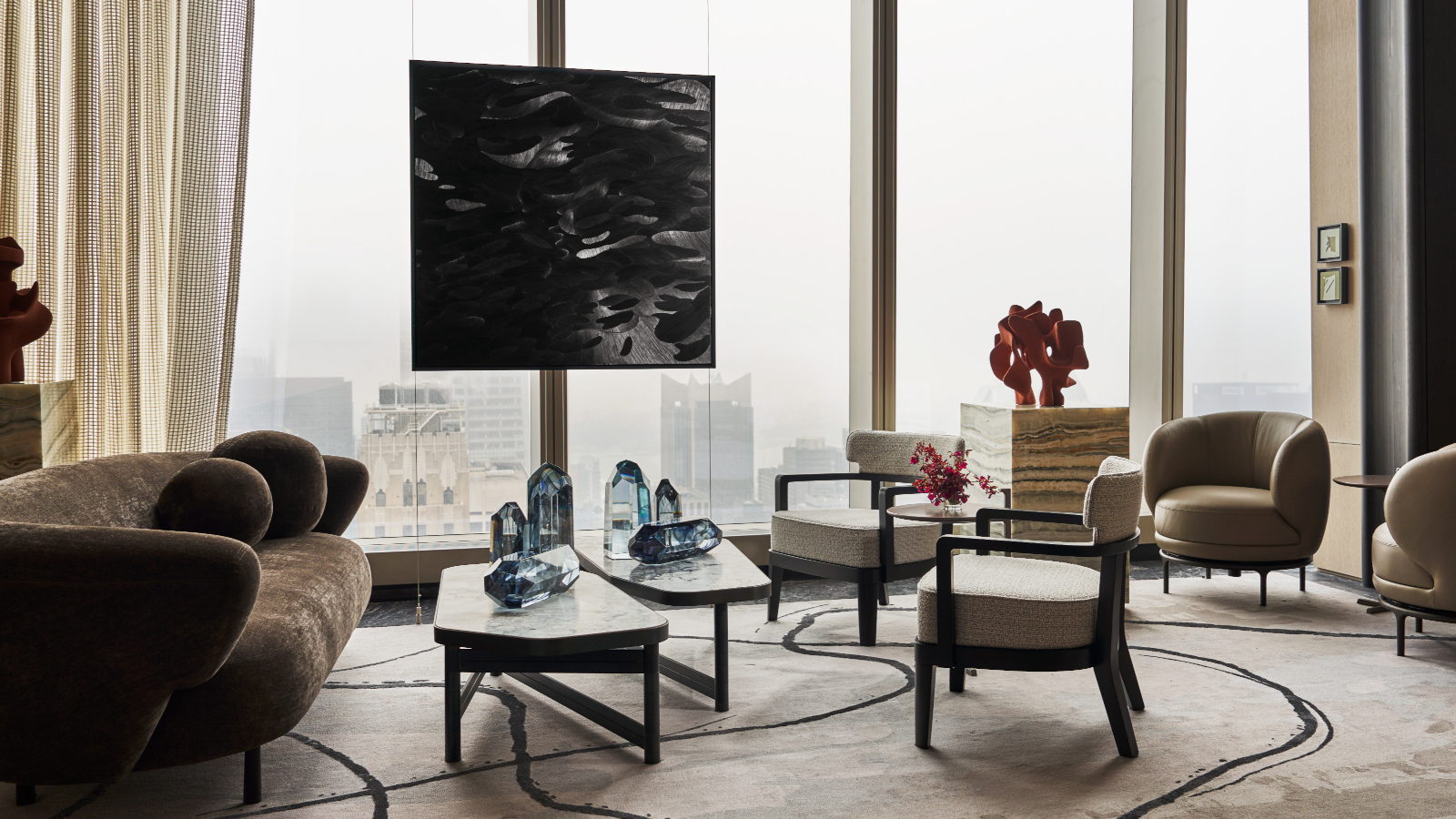 First look inside Centurion New York by Yabu Pushelberg
First look inside Centurion New York by Yabu PushelbergCenturion New York is an expansive new space for American Express’ ‘black card’ members. Its interior designers Yabu Pushelberg give us a tour
-
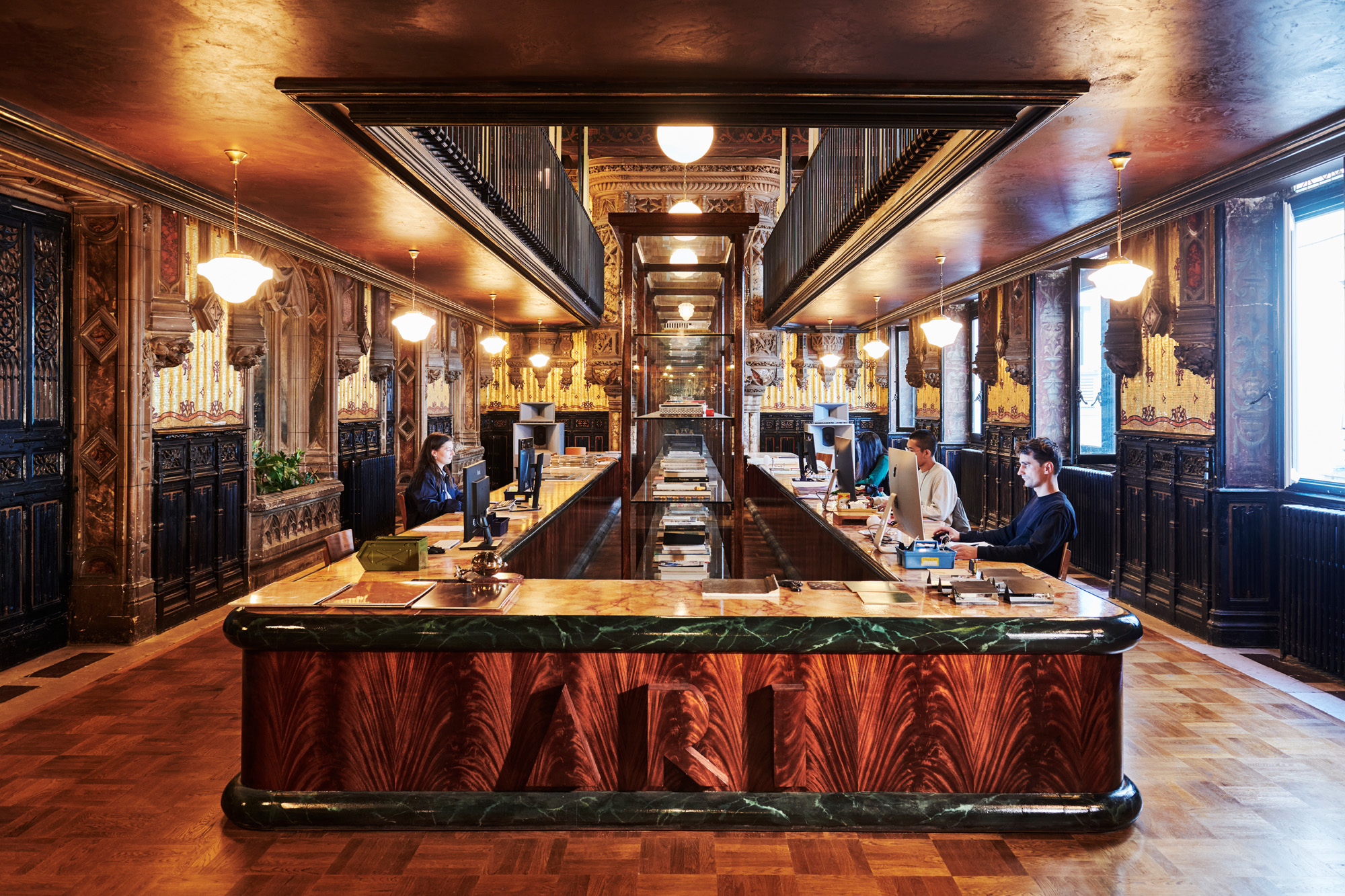 Is this the most beautiful office in the world?
Is this the most beautiful office in the world?Parisian creative agency Art Recherche Industrie’s new HQ translates a 19th-century landmark into a chic open-plan office worth leaving home for